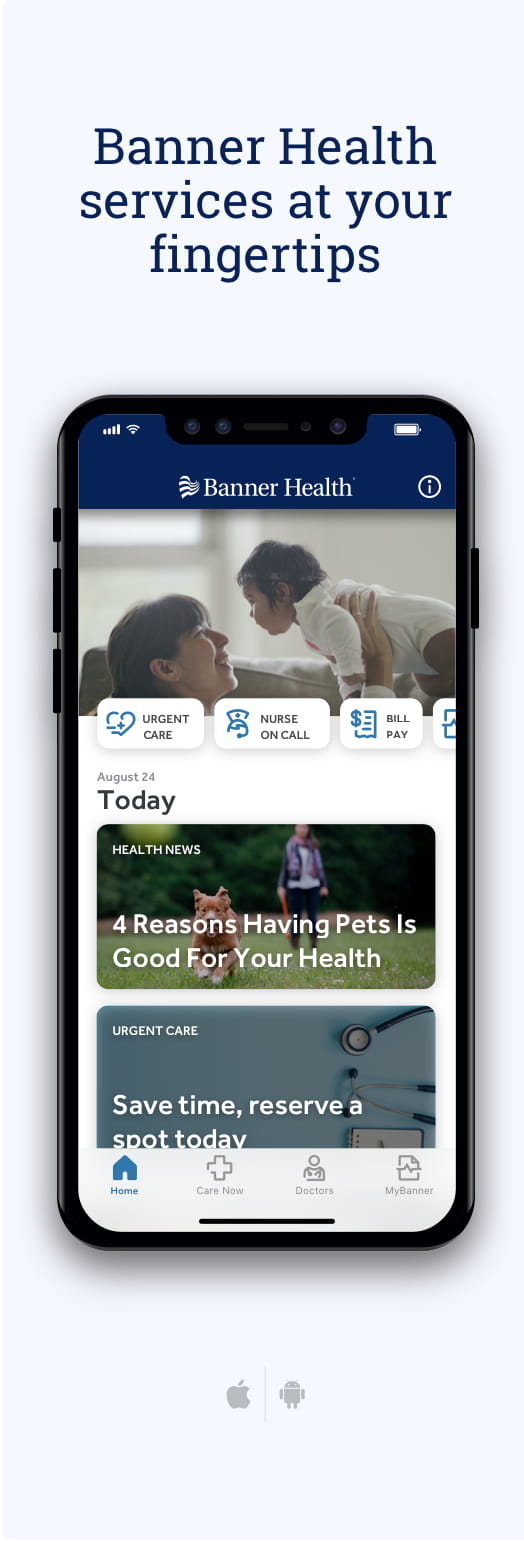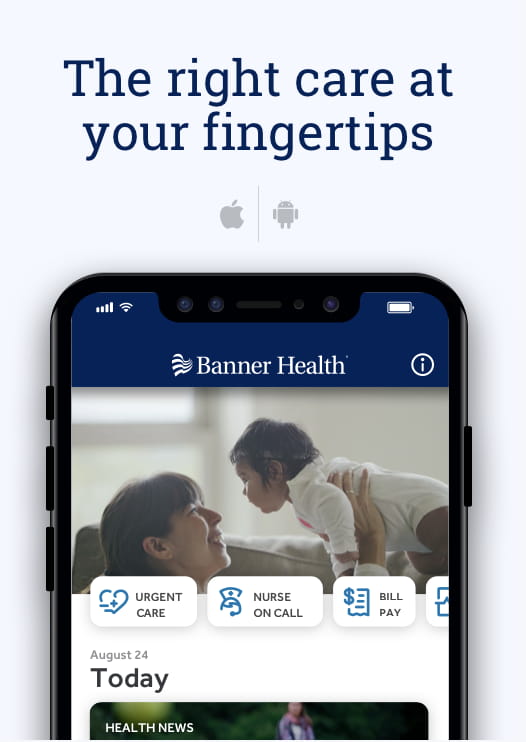Some people embrace the winter months. They head out for walks in the brisk early hours, plan trips where they can ski all day and curl up with family on cozy evenings, eating popcorn and laughing together at their favorite movies.
But others struggle with the season. They might sleep too much, feel like they don’t have much energy or overeat.
Sometimes, that could be due to seasonal affective disorder (SAD). SAD is a type of depression that can come and go with the seasons. It’s more common in the winter when it’s sometimes called winter depression. But some people get it during the summer as well.
Melanie Wolfe, a social worker with Banner Health, filled us in on what happens with SAD and what you can do about it.
SAD symptoms
“Symptoms are similar to those of major depressive disorder,” Wolfe said. While symptoms are different from person to person, if you have SAD in the winter, you might notice emotional signs such as:
- Feeling down or depressed
- Loss of interest in activities you once enjoyed
- Feeling irritable or hopeless
- Thoughts of death or suicide
You may also have physical signs such as:
- Low energy
- Difficulty sleeping or sleeping too much
- Changes in appetite, such as overeating or undereating
- Difficulty concentrating
- Weight gain or loss
- Headaches
- Muscle aches
- Digestive problems
For example, you might feel too tired and unmotivated to go out with friends, struggle to concentrate when you’re reading a book or feel tired and sluggish all the time when you used to have plenty of energy.
What causes SAD?
SAD tends to strike in the winter. “That’s when daylight hours are shorter and there is less natural sunlight,” Wolfe said.
Sunlight can help regulate how much serotonin your body produces. Serotonin is a neurotransmitter that helps regulate your mood. Without enough exposure to sunlight, your serotonin levels may drop.
Sunlight also helps your body make the right amount of melatonin. Melatonin is a hormone that helps regulate your circadian rhythm, so you sleep well. When you don’t get enough sunlight, your melatonin levels may be higher – which makes you feel tired and sleepy in the daytime.
What to do if you notice symptoms of SAD
If you think you might have SAD, talk to your doctor or a behavioral health expert. A health care provider can determine if you have SAD or another condition, such as major depression or bipolar disorder.
SAD is a real medical condition, and there’s no shame in seeking help. If you’re concerned about the cost, keep in mind that many insurance plans cover therapy and medication. You may also find options through community mental health centers and other non-profit organizations.
Treatment can help you feel better
“There are many forms of treatment,” Wolfe said. If your doctor diagnoses you with SAD, they might recommend:
- Antidepressant medications: Selective serotonin reuptake inhibitors (SSRIs) and bupropion (Wellbutrin XL) are the most common medications for treating SAD. SSRIs increase the levels of serotonin in your brain. Bupropion increases the levels of both serotonin and norepinephrine. Most medications for SAD are well-tolerated. Your doctor can help you choose a medication that is right for you and monitor you for any side effects.
- Light therapy: With light therapy, you sit in front of a special light box for 30 to 60 minutes each morning, starting early in the winter season. The lightbox produces bright light that is like sunlight. This helps you regulate serotonin and melatonin. Light therapy is sometimes used on its own, or your doctor may recommend light therapy along with antidepressants.
- Cognitive behavioral therapy: Talking to a mental health professional can help treat SAD.
- Vitamin D: Vitamin D deficiency is common in many people. Some studies have shown that supplements may help with SAD symptoms.
- Melatonin: Some research has found that melatonin supplements may help improve symptoms such as insomnia and fatigue.
- Outdoor exercise: Spending time in natural daylight and getting physical activity can help with symptoms.
- Connecting with others: People sometimes become more isolated in the winter, especially after the holidays. Spending time with friends and family can help improve your mood.
- Choosing a healthy diet: Some of the carb- and fat-heavy foods you may crave in winter aren’t the best options when you have SAD. Foods that can help your mood include fruits, vegetables, whole grains, lean protein and healthy fats. Limit processed foods, sugary drinks, alcohol and caffeine.
- Set a schedule: With SAD, you may find you feel better when you give your days some structure.
- Relaxation and self-care: Taking time to relax and do things that make you feel good can help improve your overall mood.
It’s important to talk with a health care provider before taking any medication or trying to treat SAD on your own. Your doctor can help you determine which treatment is right for you and monitor you for any side effects.
Don’t ignore the signs of SAD. Left untreated, SAD may increase your risk for chronic diseases such as heart disease, stroke and diabetes.
Track your mood
Tracking your mood changes can help you to identify your SAD triggers and patterns. Your doctor can use this information to help develop your treatment plan and recommend coping strategies. You might want to try:
- Journaling: You can write down the date and time, your mood and any other relevant information, such as what you were doing and how you were feeling.
- A mood-tracking app: There are many different apps you can use to track the way you feel.
- Self-checks: You can check in with yourself every few hours and mentally note your mood or write it down.
Build a support network
Having a strong support network is important for everyone, but it’s especially important if you have SAD. Your network can give you emotional support, practical help and a sense of belonging.
Here are some ways to connect with others:
- Let your friends and family know about your SAD and how they can support you.
- Join a support group. Support groups can provide a safe space to share your experiences and connect with others who understand what you are going through.
- Talk to a therapist. A therapist can help you develop coping mechanisms for SAD and other mental health challenges.
Plan ahead
If you think you have SAD, you’ll want to think about how you’ll manage it sooner rather than later. Talk to your doctor about when to start treatment. They may want you to begin light therapy early in the season before you notice symptoms.
Set yourself up for good overall health. Exercise for at least 30 minutes most days of the week, eat a healthy diet and avoid alcohol and drugs.
The bottom line
Seasonal affective disorder is a mental health condition that can often strike in the winter. With it, you have symptoms similar to depression. You may feel tired, uninterested in things you used to enjoy and unmotivated. It’s likely the lack of exposure to sunlight that causes it.
SAD is treatable with medication, talk therapy, light therapy and lifestyle changes. If you notice signs of SAD, talk to your doctor or connect with a Banner behavioral health provider.
Other useful articles
- 6 Exercise Tips to Keep You Moving in Cold Weather
- 7 Ways to Help Keep Your Family Healthy This Winter
- 5 Warnings for ‘Carbon Monoxide Season’


